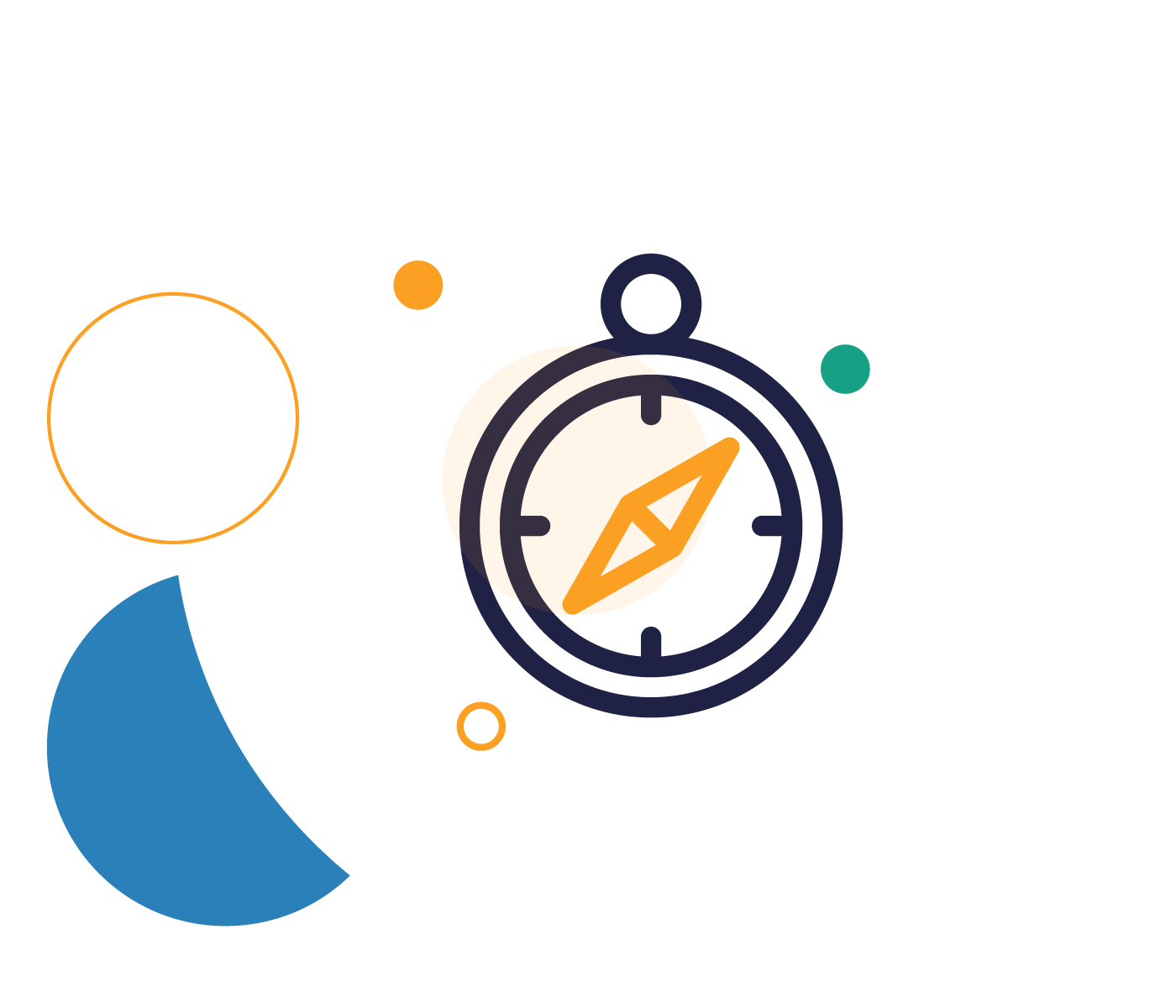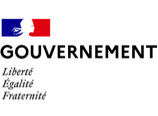Cyber surveillance
Cybersurveillance is a service for diagnosing and assessing the security of information systems in relation to the Internet.
Getting started
The cyber-monitoring service seeks out and preventively detects vulnerabilities on exposed domains on the Internet. An interface is made available to ES, ESMS, radiotherapy centers and medical biology laboratories, in order to order an audit and obtain the corresponding deliverables.
The service enables, for a defined perimeter of domains exposed on the Internet, to:
- Map and determine the attack surface of an information system;
- Proactively detect the vulnerabilities affecting the information system.
After investigations and results analysis, areport presenting the identified vulnerabilities, their level of criticality and corrective measures is issued by ANS.
In practice
The Cyber-surveillance service is currently being implemented for the benefit of all CERT Santé (Computer emergency response team) beneficiaries.
To access an industry watch on current events, as well as fact sheets and guides on cybersecurity best practices, consult the portail Cyberveille.
When ?
Security must be taken into account from the earliest phases of an application's development cycle, and throughout this cycle, in order to reduce the risk of vulnerabilities being exposed when it goes into production ("security by design" principle). The application's security level must then be maintained over time.
.Documentation
Publicly exposed interfaces on the Internet are only part of the perimeter that healthcare organizations need to protect. The results of cyber-surveillance must therefore be taken into account in an overall risk management approach (integrating other types of audits: internal/external penetration tests, configuration audits, ...).
It is also necessary to take into account other sources of threat (malicious code, phishing-type attacks, ...) which can also constitute significant risks to the normal operation of healthcare structures.
The service is regularly enhanced with new vulnerabilities published by editors. It also integrates vulnerabilities concerning remotely-accessible business solutions (telemedicine, access to radiology and biology reports, etc...) identified as part of these audits.
The service is regularly updated with new vulnerabilities published by editors.
Our experts on the subject
Finding your way around technical doctrine
The technical doctrine presents the actions of the ministerial roadmap for the digital shift.





